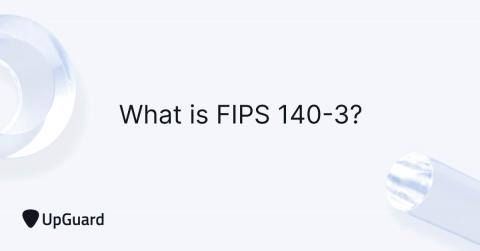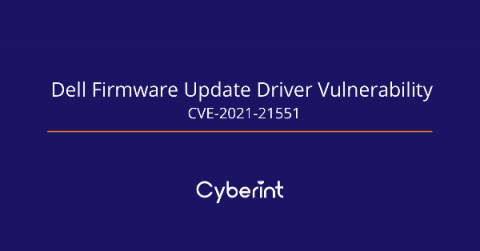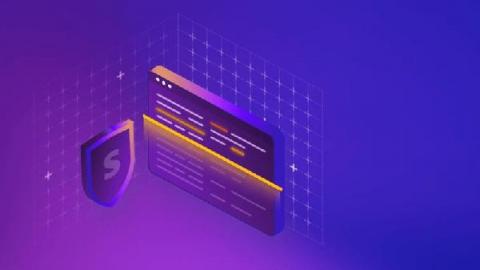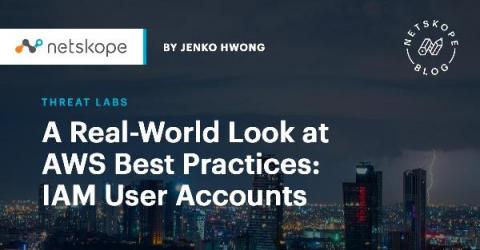SuiteCRM: PHAR deserialization vulnerability to code execution
SuiteCRM is a free and open source Customer Relationship Management application for servers. This advisory details a PHAR deserialization vulnerability that exists in SuiteCRM which could be leveraged by an authenticated administrator to execute commands on the underlying operating system. This issue has been fixed in release 7.11.19. In PHP, PHAR (PHP Archive) files can be used to package PHP applications and PHP libraries into one archive file.











